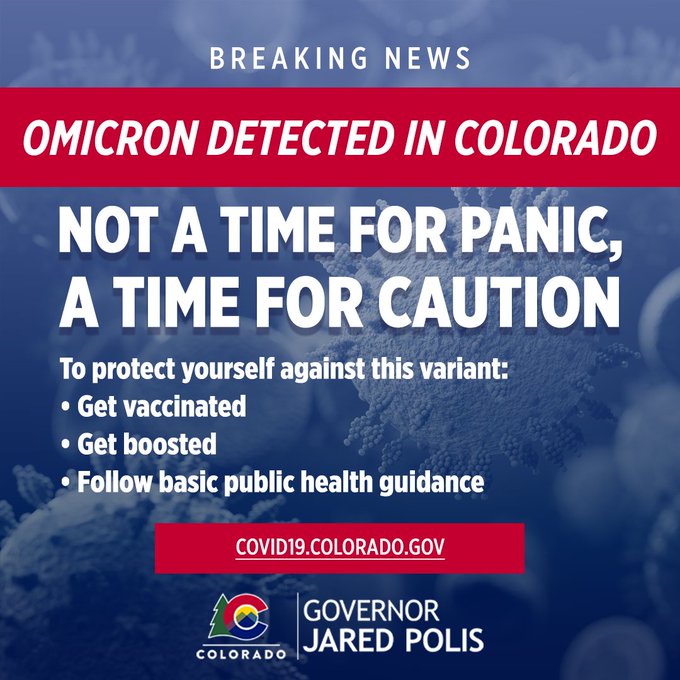
Really happy to see our paper led by @DaveyRachel1 just out in the #Forefront section of @AnalBioanalChem: rdcu.be/cEJN7
Improves a procedure to expose surrogate proteins to urban air (especially NO2, O3) to quantify changes in protein nitration ➡️ allergies, etc.
1/🧵
Improves a procedure to expose surrogate proteins to urban air (especially NO2, O3) to quantify changes in protein nitration ➡️ allergies, etc.
1/🧵

2/ @DaveyRachel1 did a great job of quantifying & improving each step of the #bioanalytical procedure; ozone loss across PM filters, extraction & detection efficiencies, even good old analytical #FiguresOfMerit sensitivity & limit of detection.
rdcu.be/cEJN7
rdcu.be/cEJN7

3/ Possibly the most broadly useful piece is the data showing ozone loss across several filter types. The HEPA capsule scrubbed >60% of the ozone (bad if you're trying to quantify ozone). Kynar removed only 3%.
Important if using filter to remove PM, while quantifying O3 behind.
Important if using filter to remove PM, while quantifying O3 behind.

4/ Ultimately, the goal is to quantify the amount of protein that is nitrated when exposed to urban air, i.e. from pollen or other suspended bioaerosol. The paper concludes with a brief proof-of-concept showing #nitration of the model BSA protein. More to come later ... 

5/ And yes, @DaveyRachel1 will be graduating with her Ph.D. from @DUsciencemath in the not-too-distant future. But just hold your little horses, people that want to hire her as a #postdoc. She'll be a great addition to your team, but not quite yet! 

6/ Separately, I thought it was really interesting that the @AnalBioanalChem journal sent a link to their #ShareIt recommendations for how best to amplify using social media. It's broken down for different media avenues & gives ideas for several weeks.
springernature.com/gp/see-your-re…
springernature.com/gp/see-your-re…

• • •
Missing some Tweet in this thread? You can try to
force a refresh












